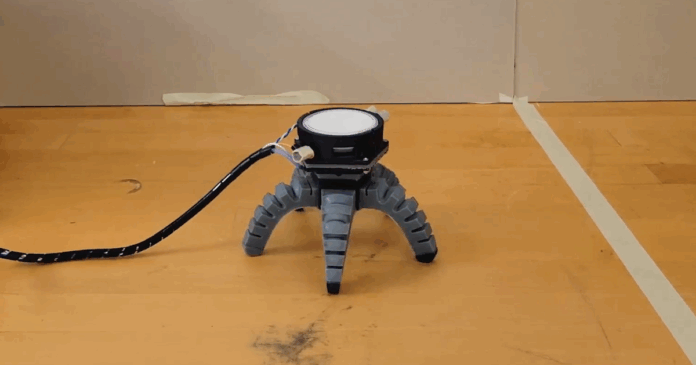Introduction to Biohybrid Robots
Autonomous vehicles are said to be safer than human drivers, but the concept of a mushroom behind the wheel is an entirely different story. Scientists have been exploring the potential of "biohybrid" robots, which combine living organisms with synthetic systems to create more responsive machines. This approach leverages billions of years of evolution to improve the capabilities of robots, rather than relying solely on human engineering.
The Power of Nature
A few decades of human innovation can’t compete with the complexity and efficiency of natural systems. By incorporating elements from nature into synthetic systems, scientists can create more advanced robots. For example, robots with super-sensitive locust ears, robot fish powered by beating human heart cells, and robots that crawl using sea slug muscles have already been developed. This approach could lead to the creation of more responsive and adaptable robots.
Fungal Robots: A New Frontier
Researchers at Cornell University have taken this concept a step further by developing a biohybrid robot that uses components from the fungal kingdom. Fungi sense and communicate through electrical signals sent via their mycelium, a network of branching fibers. The team grew the mycelium directly into the electronics of a robot, tapping into these natural signals to control the machine. This innovative approach enables the robot to respond to environmental changes, such as light, in a unique and adaptive way.
How Fungal Robots Work
The researchers created an electrical interface that records the electrophysiological activity from the mycelia, processes it, and converts it into a digital signal that the robot can understand. This signal is then sent to the actuators, which cause the robot to move in response to the fungus. The team built two versions of these biohybrid robots: a simple wheeled unit and a spider-shaped robot with soft legs. In both cases, a Petri dish of fungus sits on top, responding to light and other stimuli before sending signals to the legs or wheels to get moving.
Experimental Results
The robots were put through three experiments to test their capabilities. First, they moved based on natural continuous spikes in the signals from the mycelia. In the second experiment, the scientists shined ultraviolet light onto the fungus, which changed the way the robots moved. Finally, the team demonstrated that they could override the fungus signal entirely if they needed to manually control the robot. While light was the only direct stimulus tested, future versions could incorporate multiple inputs, such as chemical signatures.
Potential Applications
The potential for future robots could be to sense soil chemistry in row crops and decide when to add more fertilizer, mitigating downstream effects of agriculture like harmful algal blooms. According to Rob Shepherd, senior author of the study, "This paper is the first of many that will use the fungal kingdom to provide environmental sensing and command signals to robots to improve their levels of autonomy." The use of living systems could provide a more efficient and effective way to respond to multiple inputs, such as light, heat, and pressure.
Conclusion
The development of fungal-controlled biohybrid robots marks a significant step forward in the field of robotics. By harnessing the power of nature, scientists can create more responsive and adaptable machines that can interact with their environment in a unique way. As research continues to advance, we can expect to see more innovative applications of biohybrid robots in various fields, from agriculture to environmental monitoring. The potential for these robots to improve our daily lives is vast, and it will be exciting to see how they evolve in the future.

